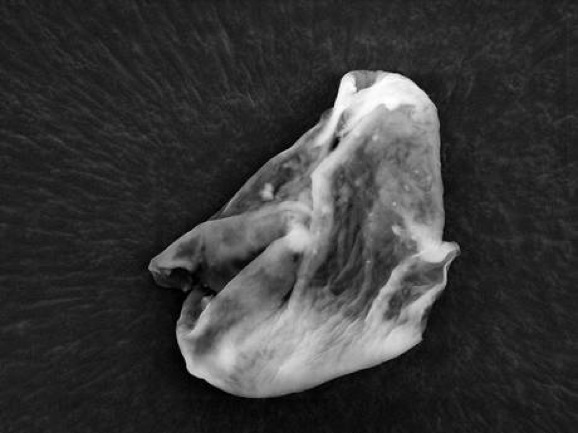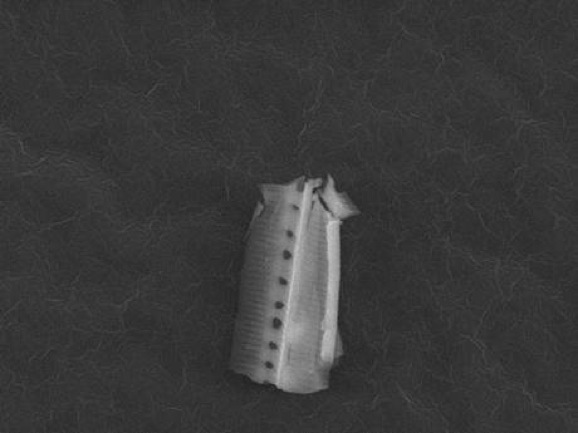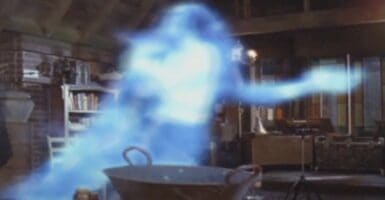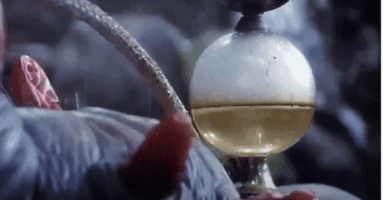Hit The Brakes, That May Not Be Alien Life After All
This article is more than 2 years old
 Well that didn’t last long. Remember the other day when a team of British scientists claimed to have definitive proof of alien life that they collected from the outer bounds of our atmosphere? Those declarations have now been torn apart and debunked. In defense of the original team, they did only claim to be “95 percent” certain of their discovery. Apparently giving themselves that five percent cushion was the smart move.
Well that didn’t last long. Remember the other day when a team of British scientists claimed to have definitive proof of alien life that they collected from the outer bounds of our atmosphere? Those declarations have now been torn apart and debunked. In defense of the original team, they did only claim to be “95 percent” certain of their discovery. Apparently giving themselves that five percent cushion was the smart move.
The original paper, published in the Journal of Cosmology, claims that, when flying a balloon 27 kilometers into the atmosphere, samples retrieved contained diatoms, microscopic organisms, that they believe originated in space. An article in Slate, published in response to the first, points out a number of gaps in logic and questionable assertions. Chief among these is pointing out that the Journal of Cosmology doesn’t have the best track record when it comes to making wild scientific statements. Not only are there questions with the publishing platform, there are holes in the science as well.
They discovered what they believed to be a piece of a frustrule, which is the hard outer casing of a diatom. That sounds like pretty sound evidence of an actual diatom, right? Only they didn’t actually look any closer or call any experts in to identify the sample. Interesting choice.
And even if this does turn out to be a diatom, it closely resembles on found on Earth—something mentioned in the original paper. They claim that it couldn’t have landed in the stratosphere via a volcano—the most likely avenue—because none have erupted in the past three years, and they cite a paper that claims particles such as these would fall out of the atmosphere rapidly. That’s all well and good, but this same paper also asserts that there are other factors that could conceivably keep a small speck like this in place for years.
The Slate piece points out that, just because they couldn’t come up with a way for the particles to be where they were, doesn’t mean there isn’t one. They are using their findings to declare that say that there is in fact alien life, which, as we all know, is rather bold statement. You’d think they’d want to exhaust all of the possibilities when trying to confirm their research.
In the original paper, they use the fact that the diatom is strangely clean as evidence that it must have come from a comet, which is essentially a flying ball of dirt and ice. But it’s incredibly unlikely that the particle wouldn’t be embedded in some piece of dirt or covered in some detritus. As the article says, “That point works against them more than it supports their claims.”
None of this irrefutably disproves the assertions of the Journal of Cosmology paper, it simply points out that there are some huge gaps in their logic and significant questions as far as their findings are concerned. Just a head up, when claiming that you’ve found proof of extraterrestrial life, you’ll want to make pretty damn sure that you dot all of your I’s and cross all of your T’s, in case, you know, someone actually questions what you say.













